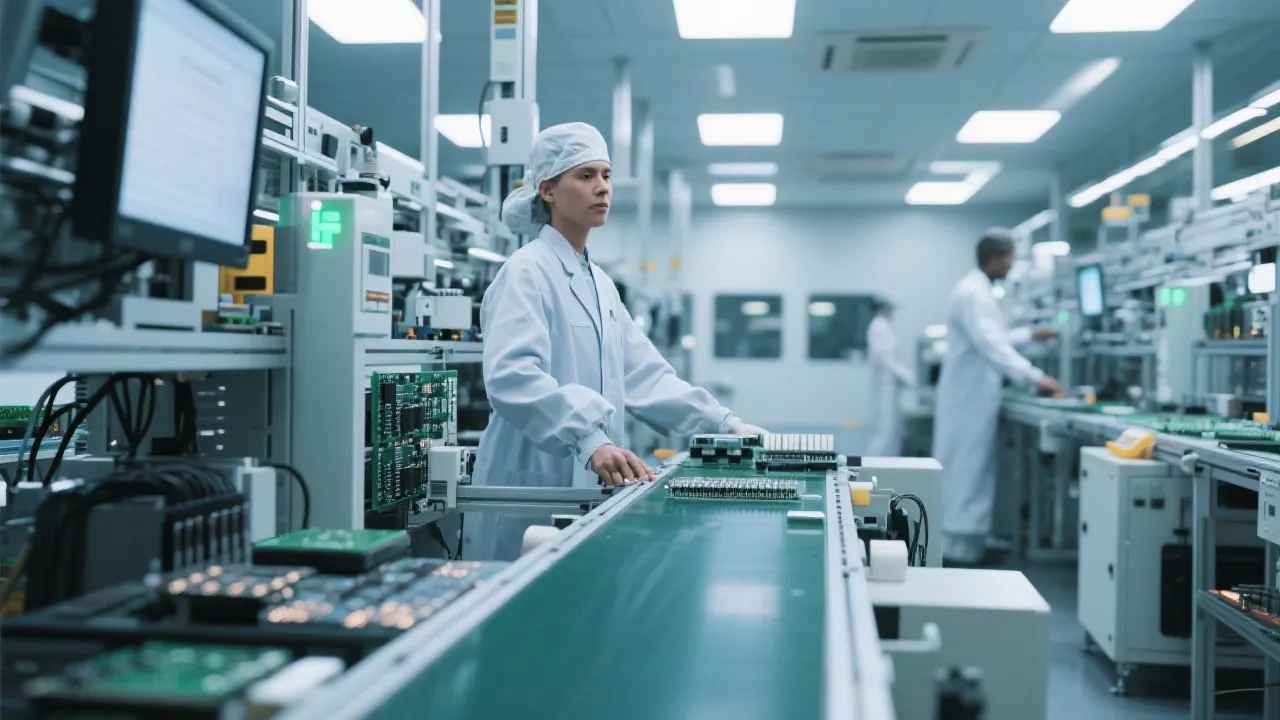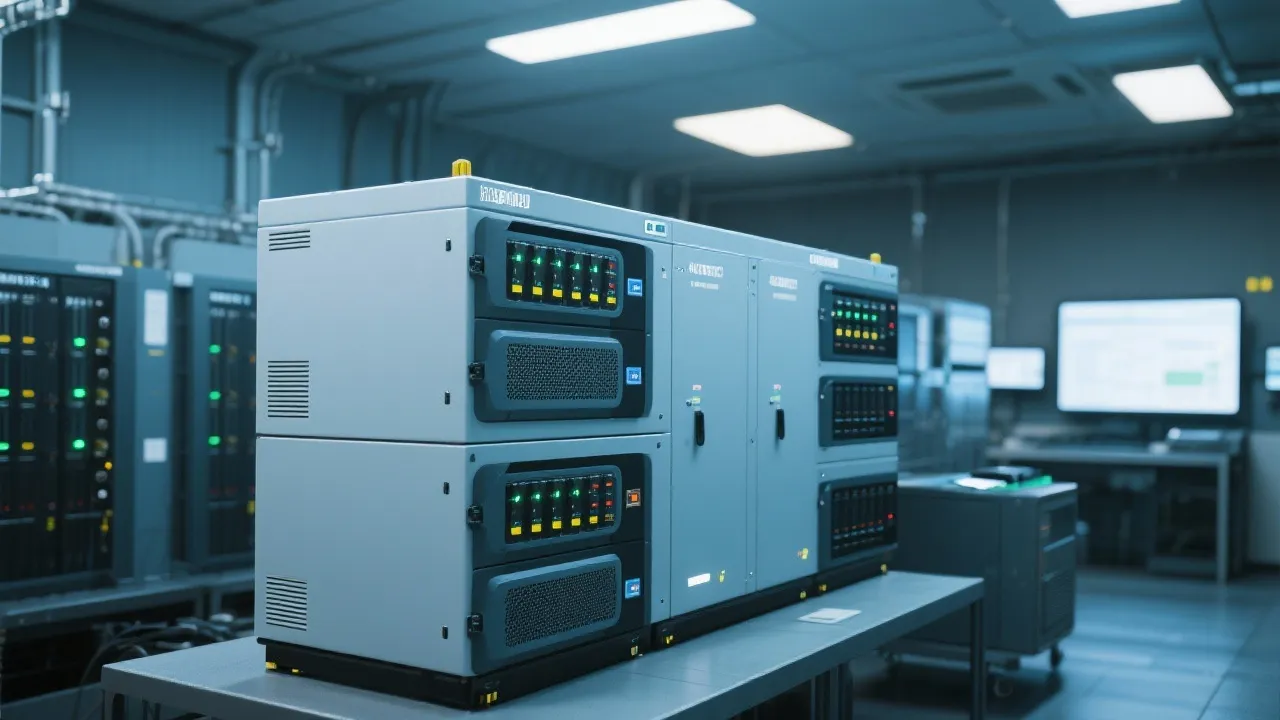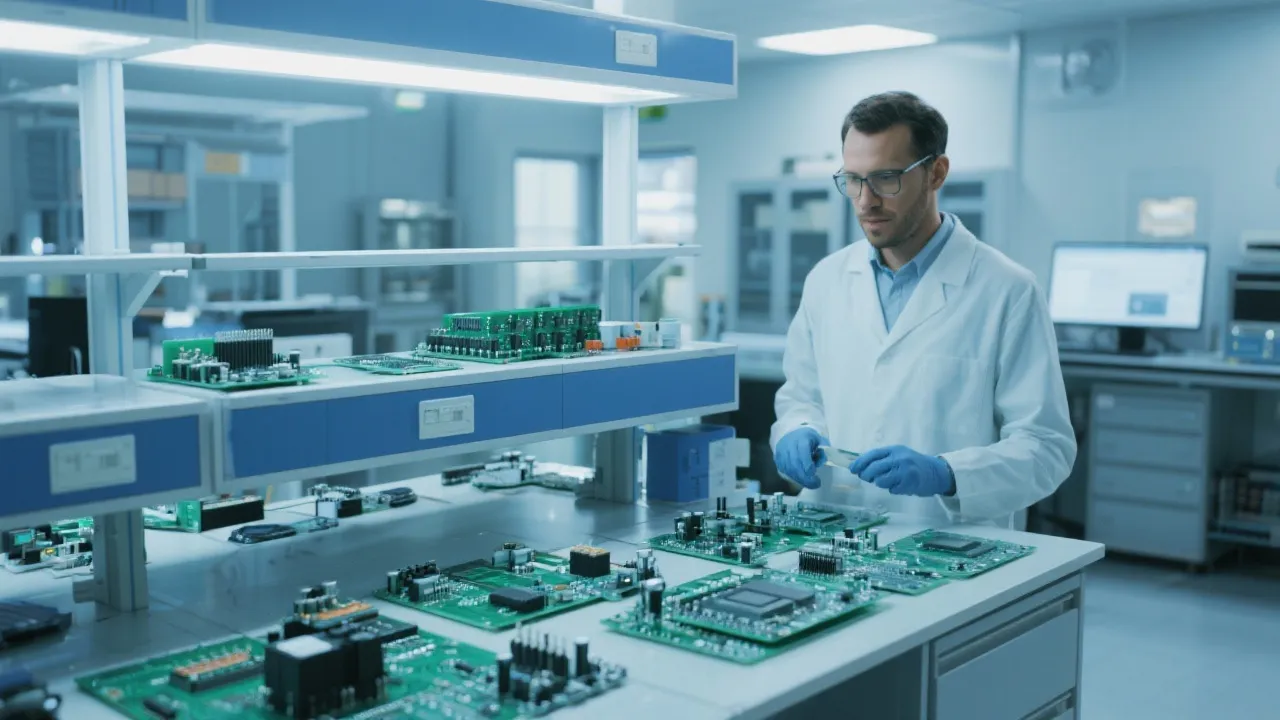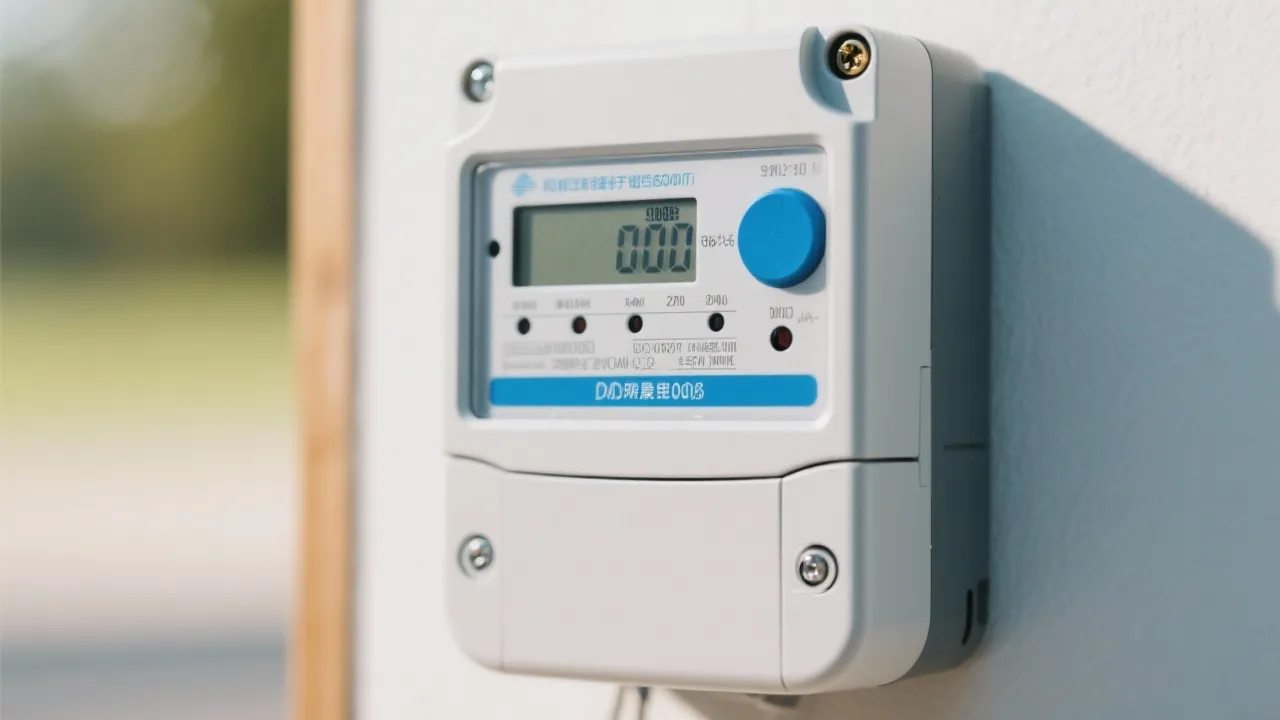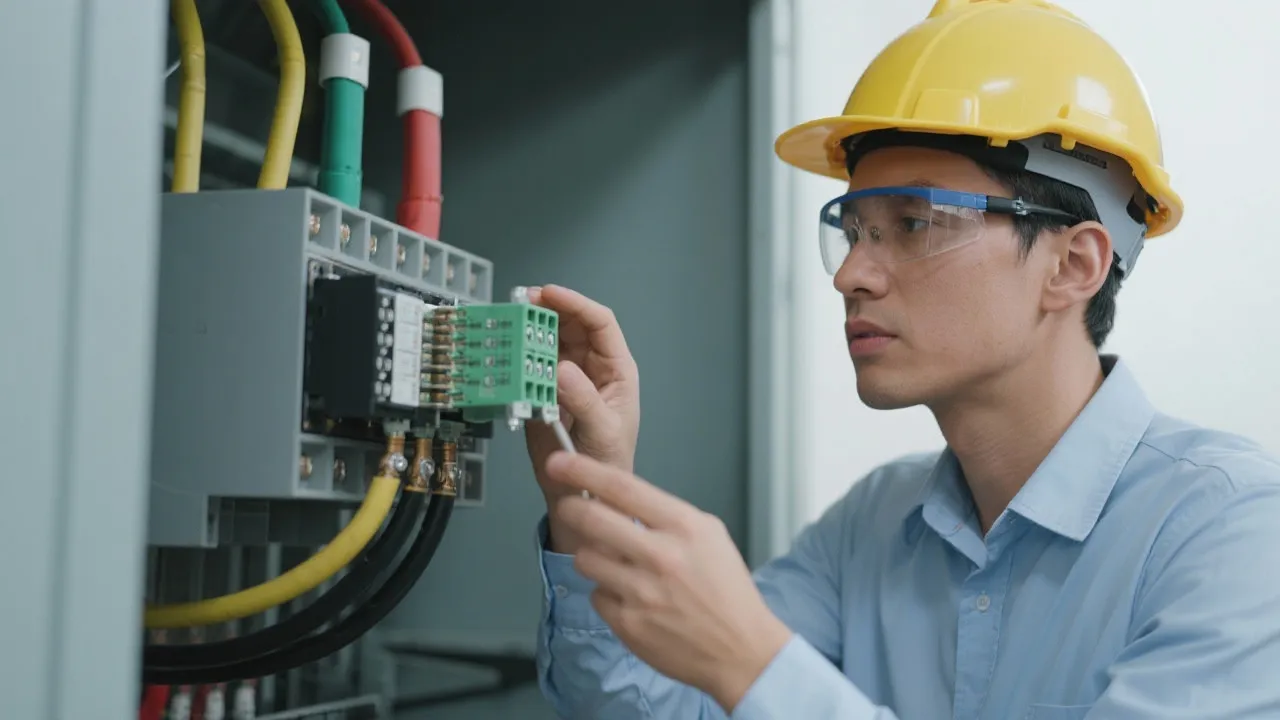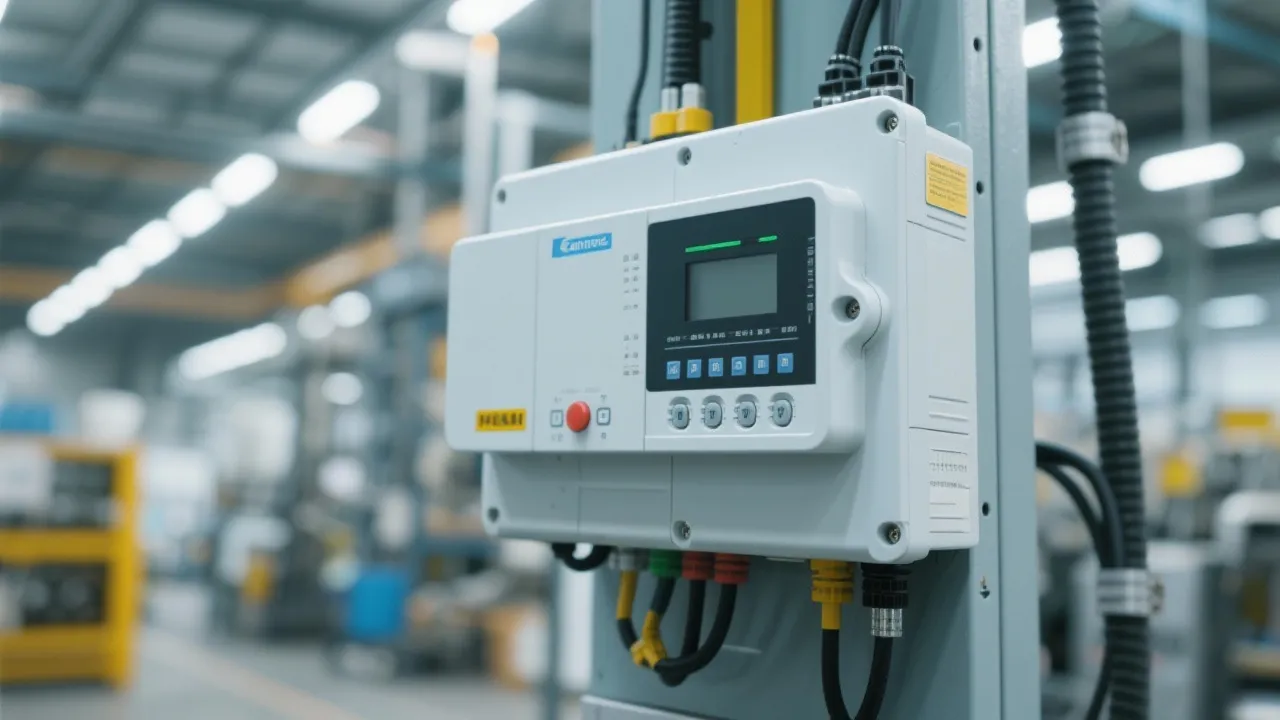Understanding the Agilent 5977b System
The Agilent 5977b is a cutting-edge gas chromatography-mass spectrometry (GC-MS) system renowned for its sensitivity and precision in analytical chemistry. As a benchmark in the industry, it offers vast applications across environmental testing, pharmaceuticals, and research, delivering unparalleled results. This article explores the specifications, applications, and significance of the Agilent 5977b in modern laboratories.
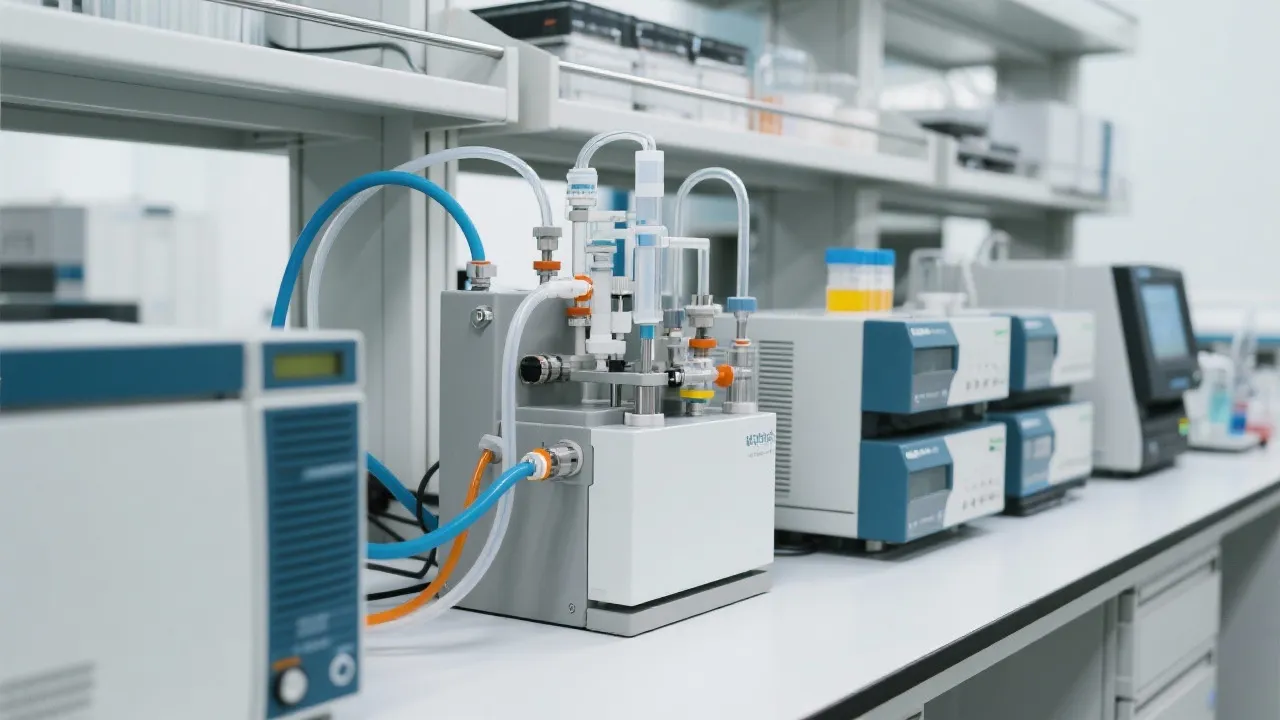
Introduction to Advanced Analytical Instrumentation
In the realm of analytical chemistry, the precision and reliability of instrumentation are paramount. Among these, the Agilent 5977b gas chromatography-mass spectrometry (GC-MS) system stands out as a hallmark of innovation. This advanced system is designed to provide exceptional sensitivity and determination in detecting and identifying complex chemical substances. Laboratories worldwide rely on it for a broad spectrum of applications, including environmental analysis, pharmacological studies, and food safety testing. Its multifaceted capabilities and state-of-the-art technology offer researchers a powerful tool for achieving high-quality analytical results, thereby ensuring compliance with industry standards and enhancing the quality of research outcomes.
Specifications and Features of the Agilent 5977b
The Agilent 5977b offers a suite of features that make it one of the industry’s leading choices for GC-MS. Built on a platform known for robust and reliable performance, this system boasts high-definition mass spectral data, enhanced operational efficiency, and resources to support scalable, secure operation across different laboratory environments. The reliability of data produced by this system is critical not only in achieving valid research results but also in adhering to regulatory requirements that govern many industries. The features of the 5977b can significantly influence the way laboratories approach their analytical challenges.
- Sensitivity and Detection: The 5977b model features a high-sensitivity EI source and a triple-axis detector, enhancing signal-to-noise ratio and enabling the detection of very low-level analytes. This capability is essential for applications that require the identification of trace levels of contaminants, thus ensuring the safety and compliance of food products and pharmaceuticals.
- Intelligent Communication Solutions: Designed with Agilent's innovative MassHunter software, the system provides automated data analysis and reporting, simplifying data interpretation. This software allows scientists to navigate complex data sets with ease, facilitating rapid decision-making and improving the workflow efficiency in laboratories.
- Versatile Applications: From detecting trace metabolites to monitoring environmental contaminants, the system is applicable in various fields, including toxicology and clinical research. Its adaptability makes it an invaluable tool for researchers dealing with diverse chemical matrices.
- Robust Design: Its engineering supports continuous operation under rigorous conditions, minimizing downtime and maximizing throughput. This robustness is crucial in high-volume laboratories where the timely delivery of data impacts operational workflows and research timelines.
- Enhanced Calibration Techniques: The device incorporates advanced calibration techniques that ensure precision in quantifying analytes. Robust calibration methods contribute to more consistent results, making the 5977b a reliable choice during extensive research projects requiring stringent reproducibility.
Understanding the Applications
The Agilent 5977b model is not just a piece of equipment; it is an integral tool that enhances the depth and scope of research in a multitude of fields. Its applications span various industries, demonstrating a wide-ranging utility:
- Environmental Testing:
- The GC-MS system plays a crucial role in monitoring pollutants and other harmful substances, ensuring compliance with environmental regulations. It is instrumental in assessing air quality, water contamination, and soil health. The ability to detect and quantify volatile organic compounds (VOCs) in ambient air is particularly important for regulatory bodies and researchers who study environmental health impacts.
- Pharmaceutical Research:
- Accurate analysis of diverse compounds aids pharmaceutical advancements by allowing precise characterization and quantification of drug constituents. The ability to conduct stability studies and detect degradation products provides vital data required during drug development and ensures product safety and efficacy.
- Food Safety:
- By detecting pesticide residues and contaminants in food products, the system helps ensure consumer safety and regulatory compliance. It serves as a critical tool in the food industry for quality assurance processes, particularly in the detection of food adulterants and monitoring of compliance with safety standards.
- Forensic Analysis:
- In forensic sciences, clarity in the identification of chemical substances can have substantial ramifications. The Agilent 5977b provides law enforcement and forensic labs with the ability to identify toxic substances and controlled substances through comprehensive chemical profiles, supporting criminal investigations and legal proceedings.
- Clinical Diagnostics:
- In the healthcare sector, accurate diagnostic testing is essential for patient care. The Agilent 5977b assists in the analysis of biological samples for metabolites and drug levels, supporting clinicians in monitoring therapeutic drug use and toxicology testing.
The Value of Precision and Reliability
One of the primary reasons laboratories opt for the Agilent 5977b is its unrivaled precision. In fields where accuracy is paramount, such as toxicology and pharmacokinetics, the precision of GC-MS is not just beneficial—it is essential. The system's ability to consistently produce reliable data saves both time and resources, allowing chemists and analysts to focus efforts on research and discovery rather than repeated testing. This aspect of reliability extends beyond mere numbers; it builds confidence in the analytical results that inform critical decisions in research and policy-making.
Additionally, the integration of advanced software and intelligent data management solutions enhances the system's reliability. Researchers can easily track instrument performance metrics and identify issues before they escalate. This proactive approach can significantly diminish downtime and increase laboratory productivity. Moreover, routine maintenance alerts generated by the software assist laboratories in adhering to standard operating procedures (SOPs), further ensuring consistent performance of the Agilent 5977b.
FAQs
- What is the main function of the Agilent 5977b?
- What industries benefit very from this system?
- How does the Agilent 5977b compare to earlier models?
The Agilent 5977b serves as a highly versatile and sensitive GC-MS system for the qualitative and quantitative analysis of complex mixtures, making it a preferred tool in many analytical settings.
Industries that benefit include pharmaceuticals, environmental science, food and beverages, and petrochemical sectors. The instrument's adaptability also finds applications in chemical synthesis, academic research, and clinical laboratories.
Compared to earlier models, the Agilent 5977b features enhanced sensitivity, improved software capabilities, and greater operational efficiencies, addressing the evolving needs of researchers for reliable and high-throughput analytical solutions.
Comparison Table: Agilent 5977b vs. Similar Models
| Feature | Agilent 5977b | Alternative Model A | Alternative Model B |
|---|---|---|---|
| Sensitivity | High | Moderate | High |
| Software | MassHunter | Basic Analysis Platform | Proprietary Software |
| Application Versatility | Extensive | Limited | Moderate |
| Operational Efficiency | Optimized | Standard | High |
| Ease of Calibration | Automated Calibration | Manual Calibration Required | Semi-Automated |
Conclusion: Embracing Technological Advancements
The Agilent 5977b GC-MS system represents the pinnacle of analytical precision and operational efficiency. In the constantly evolving scientific landscape, where new challenges emerge and research pushes boundaries, systems like the Agilent 5977b prove indispensable. This instrument not only meets the present-day demands of analytical chemistry but also anticipates future needs by integrating cutting-edge technology and providing unmatched versatility in applications.
By fostering innovation and accuracy, these systems ensure that we continue to achieve deeper insights and make informed decisions across various domains of human health and environmental sustainability. The growing emphasis on regulatory compliance and safety standards across industries means that tools like the 5977b are not merely beneficial; they are essential in the quest for higher standards of quality and efficiency in scientific research. As we move forward, the synergy between analytical instrumentation and scientific inquiry will be fundamental to addressing the pressing challenges of our time.
Future Directions in Analytical Instrumentation
The potential developments in analytical instrumentation are continuously evolving. As technology progresses, we expect to see enhancements in the following areas, which could significantly impact how tools like the Agilent 5977b are utilized:
- Increased Automation: Automation in sample preparation and analysis can further streamline workflows, reduce human error, and increase throughput. Future models may incorporate more sophisticated robotics and machine learning algorithms to enhance user experience and operational efficiency.
- Integration with Big Data and AI: The integration of analytical systems with big data platforms and artificial intelligence may revolutionize data interpretation. Advanced algorithms can provide predictive analytics, making it easier to identify trends and anomalies within complex data sets.
- Miniaturization of Instruments: As miniaturization technologies advance, we could see the emergence of field-deployable GC-MS systems that can perform complex analyses in situ, providing valuable information without the need for extensive laboratory setups.
- Enhanced Multi-Analyte Detection: Future advancements may lead to the simultaneous analysis of a broader range of compounds from diverse matrices within a single analysis run, thereby improving efficiency and reducing costs associated with multi-method approaches.
- Green Chemistry Initiatives: The push towards sustainable chemical practices means that future instruments will likely focus on minimizing waste, reducing solvent usage, and employing greener reagents, aligning with global sustainability goals.
Case Studies of Agilent 5977b Applications
Understanding the practical applications of the Agilent 5977b through case studies can illustrate its impact in real-world scenarios. Exploring a few examples across different fields can highlight the versatility and effectiveness of this analytical tool.
Case Study 1: Environmental Monitoring
In a comprehensive study on air pollution, researchers employed the Agilent 5977b to monitor VOC emissions in urban environments. The system's sensitivity enabled the detection of low-level pollutants over extended sampling periods. Data collected helped city officials implement strategic controls on industrial emissions, significantly contributing to urban air quality improvements and public health safety. The precision of the device in this case exemplified how accurate analytical results can drive policy changes.
Case Study 2: Pharmaceutical Analysis
Another compelling case study involved a pharmaceutical company using the Agilent 5977b to analyze the stability of a new drug formulation. The ability to perform degradation studies allowed researchers to identify potential inactive or harmful by-products before clinical trials. This proactive testing ensured product safety and compliance with regulatory agencies, ultimately safeguarding patient health and maintaining the company’s market reputation. The confidence gained from reliable results expedited the product's path to market, demonstrating the instrument's value in high-stakes environments.
Case Study 3: Food Safety Testing
In the realm of food safety, a prominent testing laboratory employed the Agilent 5977b to evaluate pesticide residues in crop samples. The instrument was pivotal in confirming that all tested products met safety standards prior to distribution. With its high throughput capabilities, the laboratory was able to assist multiple clients simultaneously, enhancing the overall turnaround time for testing results. The systematic approach required allowed for more rapid responses to potentially harmful chemical exposure, underscoring the instrument's role as a cornerstone in food safety assurance.
Training and User Support
Training and support for users of the Agilent 5977b are critical to maximizing the instrument's capabilities. Agilent provides a comprehensive range of resources to ensure that users are equipped with the necessary skills and knowledge to operate the GC-MS effectively. Various training programs, including online tutorials, hands-on workshops, and user manuals, are accessible to facilitate a deep understanding of the system’s functionalities.
Advanced users can benefit from specialized training sessions that delve into complex analytical techniques and problem-solving strategies. Technical support is also readily available, allowing users to address operational questions or technical challenges as they arise. Maintaining an ongoing dialogue with support teams can significantly enhance researchers' confidence in utilizing the device, enabling them to better leverage its capabilities for achieving their analytical goals.
Final Thoughts on the Future of GC-MS Technology
The ongoing advancements in gas chromatography-mass spectrometry technology signify a transformative shift in analytical chemistry. As the Agilent 5977b exemplifies, modern systems are becoming increasingly sophisticated, providing unparalleled analytical capabilities that empower scientists across multiple disciplines. The emphasis on user-friendly interfaces, robust software solutions, and enhanced sensitivity signifies the direction the industry is heading towards: making high-level analytical capabilities accessible and efficient for a broader range of users.
As laboratories face increasing demands for precise and timely data, instrumentation will continue to evolve to meet these challenges. The Agilent 5977b serves not only as a tool for today but as a precursor to the next generation of analytical technology. Continued investment in research and development will ensure that such systems remain at the forefront of science, enabling researchers to unlock new insights and address pressing global challenges in health, safety, and environmental stewardship.





